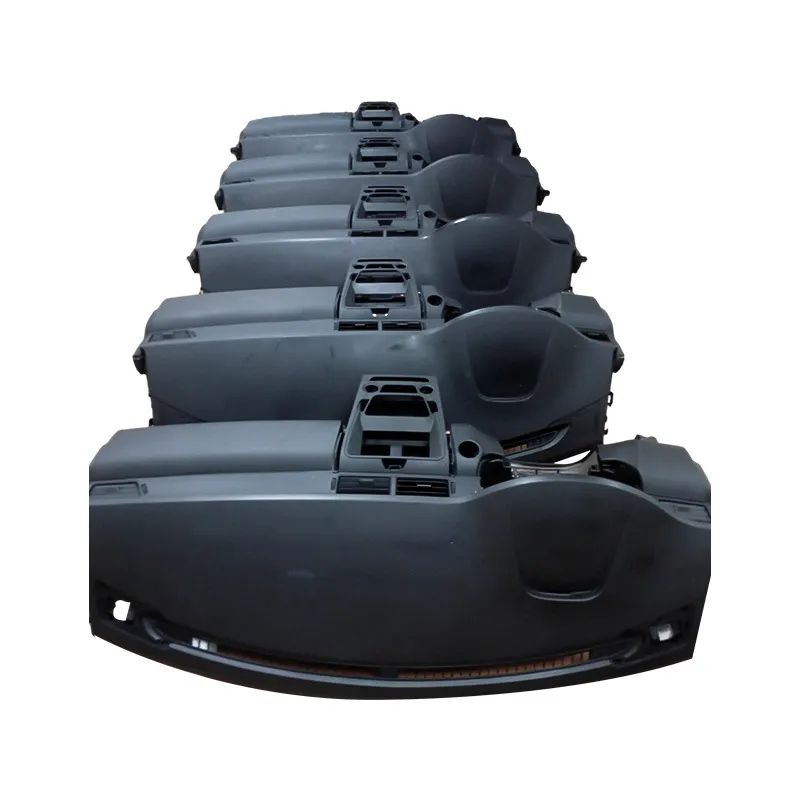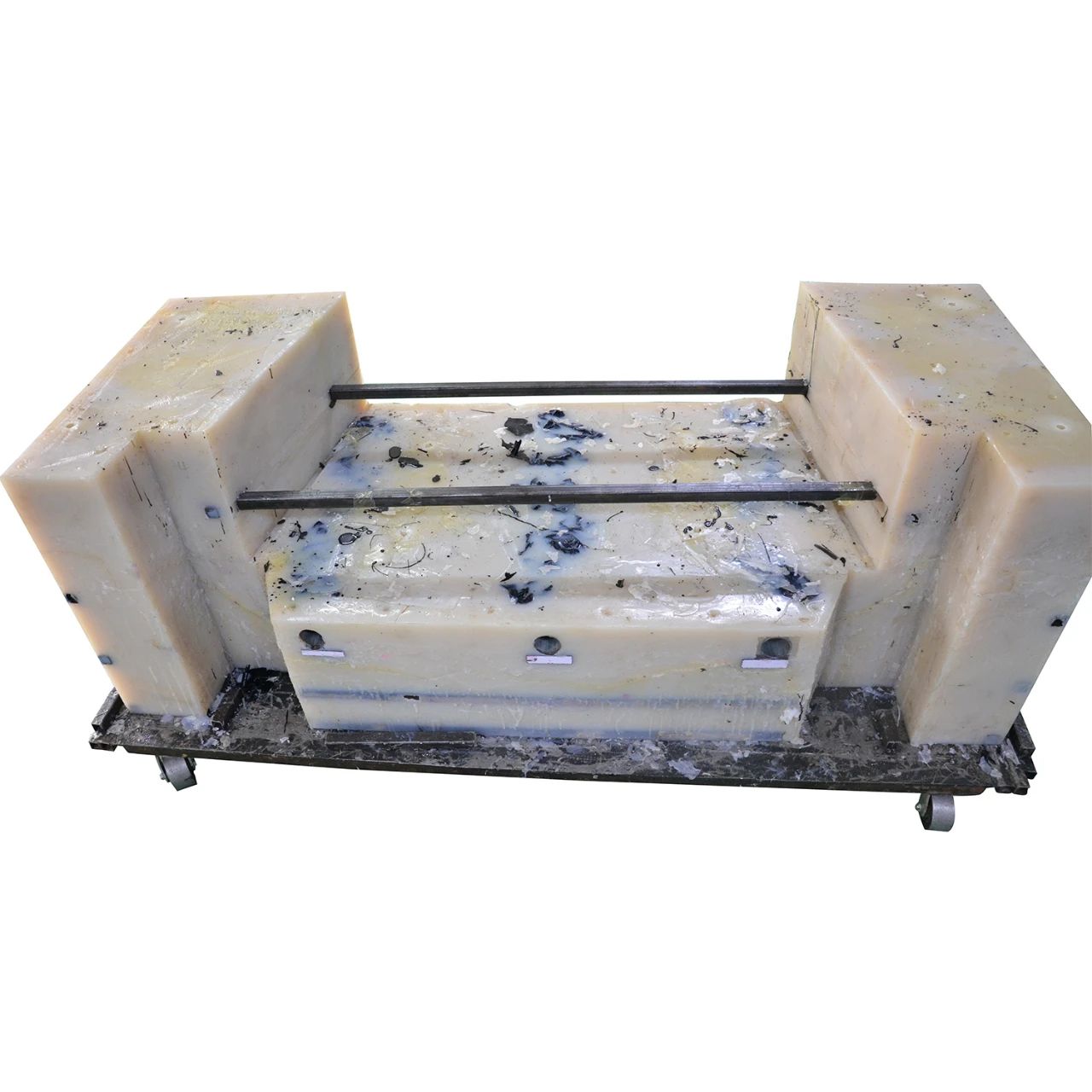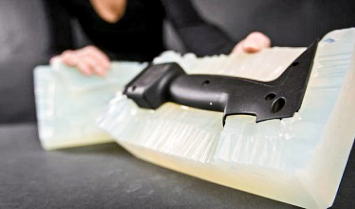 Part Machining / Mould
Part Machining / Mould Sheet Metal / Hand Plate
Customize&Volume Production
 English
English
 Part Machining / Mould
Part Machining / Mould  English
English

The production of vacuum casting is an extremely challenging process that tests fine processing techniques. When it comes to vacuum casting production, you may encounter issues such as bulging, mold release difficulties, bubbles, or defects. Here are some common problems and strategies to address them:

(1) Uneven pressure: During the mold replication process, uneven pressure can lead to excessive compression of the silicone in certain areas, resulting in bulging. Bulging can also be caused by poor mold design.
(2) Mold damage: Vacuum Casting requires molds to secure and protect the parts. If the mold itself has defects or wear, it can damage the surface of the parts during the replication process.
(3) Silicone quality issues: Poor quality or expired silicone materials can result in uneven flow or defects during the replication process.
The specific solutions to these problems are as follows:
(1) Check the mold design and manufacturing quality to ensure even pressure distribution. Repair or replace damaged molds. Use high-quality silicone materials and follow the correct operating procedures.
(2) Check for mold wear or damage and repair or replace the mold if necessary.
Solution: Ensure the use of high-quality silicone rubber material and follow the manufacturer's instructions and storage requirements.
(3) Quality issues with silicone rubber: If low-quality or expired silicone rubber material is used, it may result in uneven flow or defects during the mold replication process.

The methods to address difficult mold release in vacuum casting include:
(1) Use mold release agents: Apply appropriate mold release agents on the molds before replication. Mold release agents create a thin film between the molds and silicone, reducing adhesion and making mold release easier.
(2) Optimize mold design: Consider using smooth surfaces and avoid sharp angles or grooves to reduce the contact area between the molds and silicone. Ensure the mold surface is smooth, without scratches or damage.
(3) Control silicone curing time and temperature: The curing time and temperature of silicone also affect mold release. Follow the guidance of the silicone material and control the curing time and temperature to avoid excessive curing and increased adhesion.
(4) Apply mechanical assistance: During the mold release process, apply gentle mechanical assistance, such as tapping the molds or using hand tools to gently loosen them, to help separate the molds from the silicone.

3.Surface bubbles or defects: Surface bubbles or defects may occur during the vacuum casting process.
Possible causes include:
(1) Air bubbles: Air may not be completely eliminated during silicone mixing, stirring, or filling, resulting in bubbles in the silicone.
(2) Rough mold surface: Rough, scratched, or other uneven mold surfaces prevent complete contact between the silicone and molds during the filling process.
(3) Inappropriate mold release agent: The mold release agent used may not be compatible with the silicone material, increasing surface adhesion and causing bubbles or defects.
Here are some methods to address surface bubbles or defects in vacuum casting:
(1) Mixing and degassing: Thoroughly mix the silicone and use a vacuum degassing device to remove any trapped air during the mixing process. Ensure there are no noticeable bubbles in the silicone.
(2) Mold surface treatment: Ensure the mold surface is smooth, clean, and free of scratches. Grinding, polishing, or other surface treatment methods can be used to make the mold surface smoother.
(3) Proper use of mold release agents: Select mold release agents compatible with the silicone material and apply an appropriate amount according to the instructions. Ensure the release agent is evenly coated on the mold surface to reduce adhesion.

4.Inaccurate dimensions: The dimensions of replicated parts may differ from the original molds or design specifications.
Solution: Carefully check the parameters and steps during the replication process to ensure the replicated parts have consistent dimensions with the original molds or design specifications. If necessary, adjust the replication parameters or replace the molds.

SHENZHEN INDUSTRIL MAN PRODUCT RP&M CO.,LTD
We are a leading service provider in the domestic market for high-end vacuum casting. We offer customized processing, strict processes, superior quality, and high-end services. Our professional team at the vacuum casting factory ensures high precision of the samples, eliminates the need for expensive steel molds, and enables fast product delivery within 3-7 days. Additionally, we are an ideal choice for small-batch, high-quality plastic prototypes. We welcome both new and old customers to inquire for pricing.

